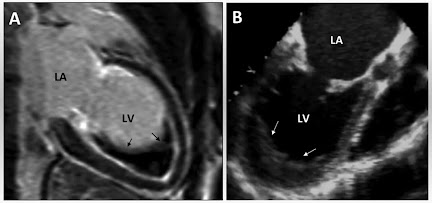Name :- Cytoskeleton
Properties :
- It is an cellular organelle present throughout the cytoplasm.
- It is a complex network of structures with varying sizes.
- Cytoskeleton is consists of three major protein components i.e. microtubule, intermediate filaments and microfilaments.
Microtubules :
- These are the straight, hollow and tubular structures.
- These organelles are arranged in different bundles without the limiting any membrane.
- Each tubules has 20-30 nano-meter diameter and length varies, it may be 1000 times more than the thickness.
- Microtubules are formed by bundles of globular protein called tubulin. Tubulin has two subunits i.e. alpha and beta.
Intermediate Filaments (IF) :
- IF form a network around the nucleus and extend to the periphery of the cell.
- Diameter of each filament is about 10 nano-meter.
- IF are formed by rope-like protein polymers (fibrous proteins)
- IF are divided into five subclasses :-
- Keratins (in epithelial cells)
- Glial flaments (in astrocytes)
- Neurofilaments (in nerve cells)
- Vimentin (in many types of cells)
- Desmin (in muscle fibers)
Microfilaments :
- These are long and fine thread-like structures.
- It's diameter is about 3-6 nano-meter.
- These are present throughout the cytoplasm.
- These are formed by non-tubular contractile proteins (actin and myosin).
- Microfilaments contain only actin molecules when these are present in ectoplasm.
- Microfilaments contain actin and mysosin molecules when these are present in endoplasm.
Functions of ...
Cytoskeleton :
- It determines the shape of the cell and gives support to the cell.
- It is essential for cellular movements.
- It is responsible for response of the cell to external stimuli.
- It helps in cell division.
Microtubules : It may function alone or join with other proteins to form complex structures like cilia, flagella or centrioles and perform various functions.
- Determine the shape of the cell.
- Give structural strength to the cell.
- Act like conveyer belt which allow the movement of granules, vesicles, protein molecules and some organelles like mitochondria to different part of the cell.
- Form the spindle fibers which separates the chromosomes during mitosis.
Intermediate filaments :
- Helps to maintain the shape of the cell.
- It connect the adjacent cells through desmosomes.
Microfilaments :
- Give structural strength to the cell.
- Provide resistance to the cell against the pulling forces.
- Responsible for cellular movements like contraction, gliding and cytokinesis (partition of cytoplasm during cell division).
Similar Posts ....







No comments:
Post a Comment
Please do not enter any spam link in the comment box